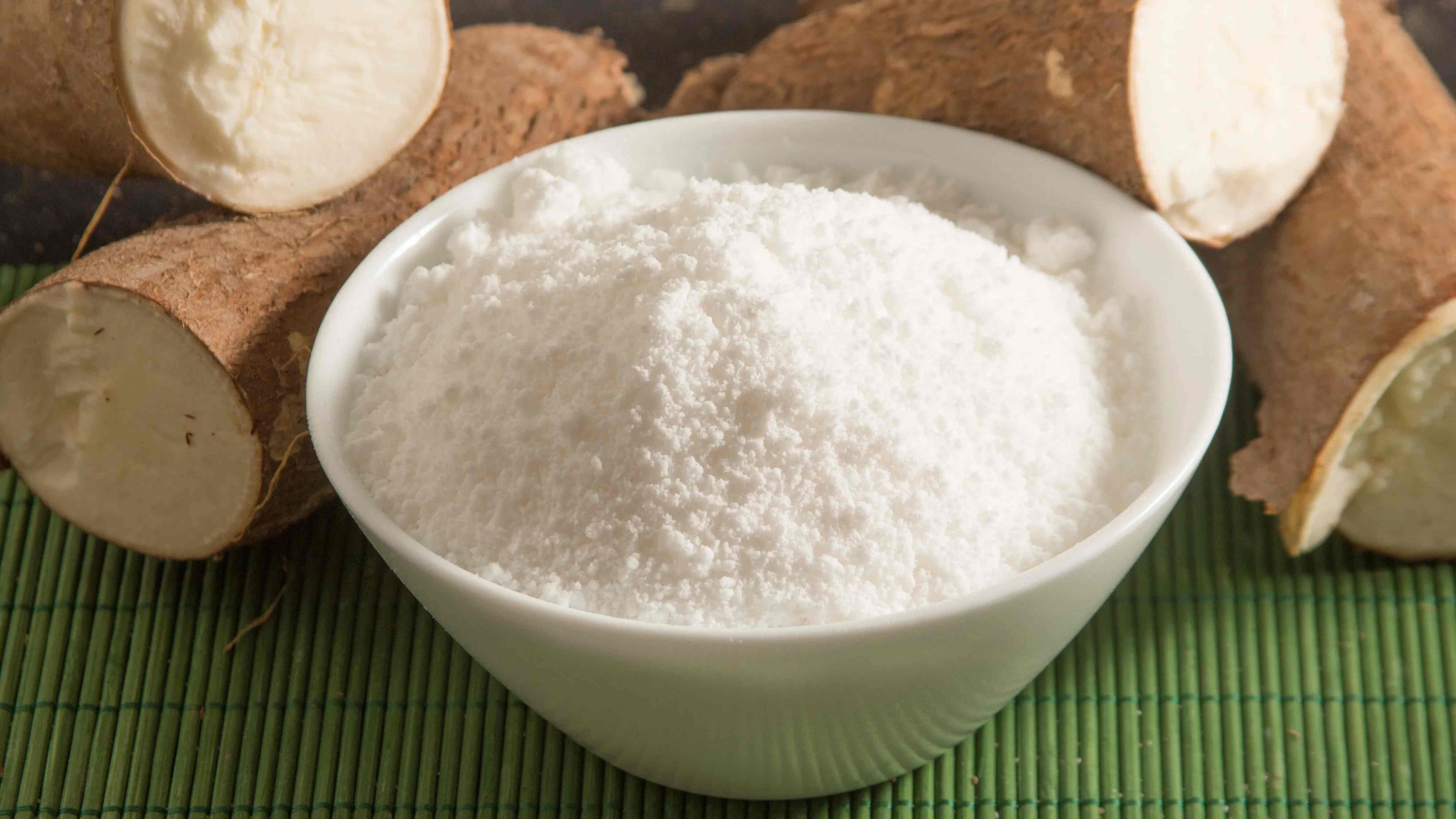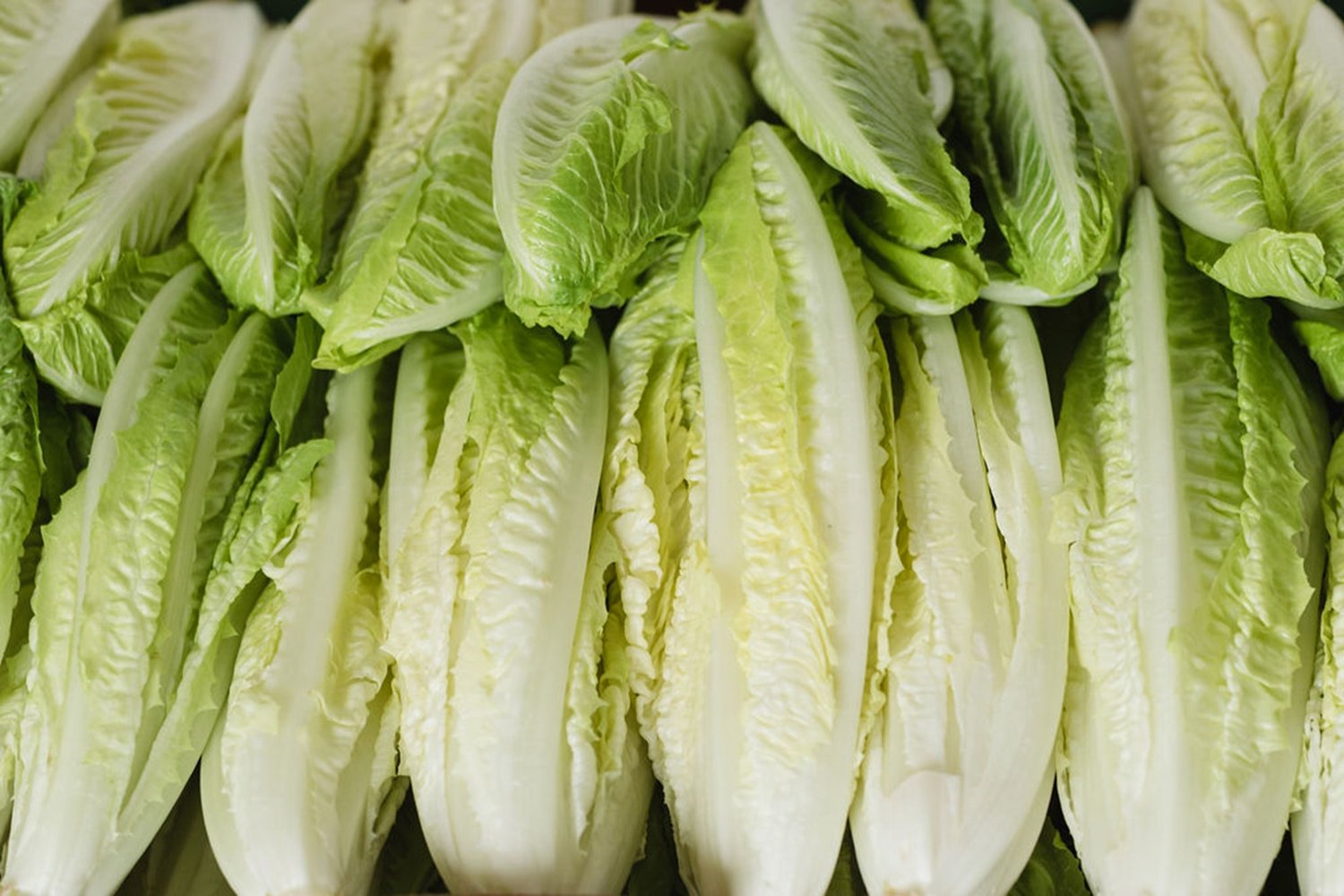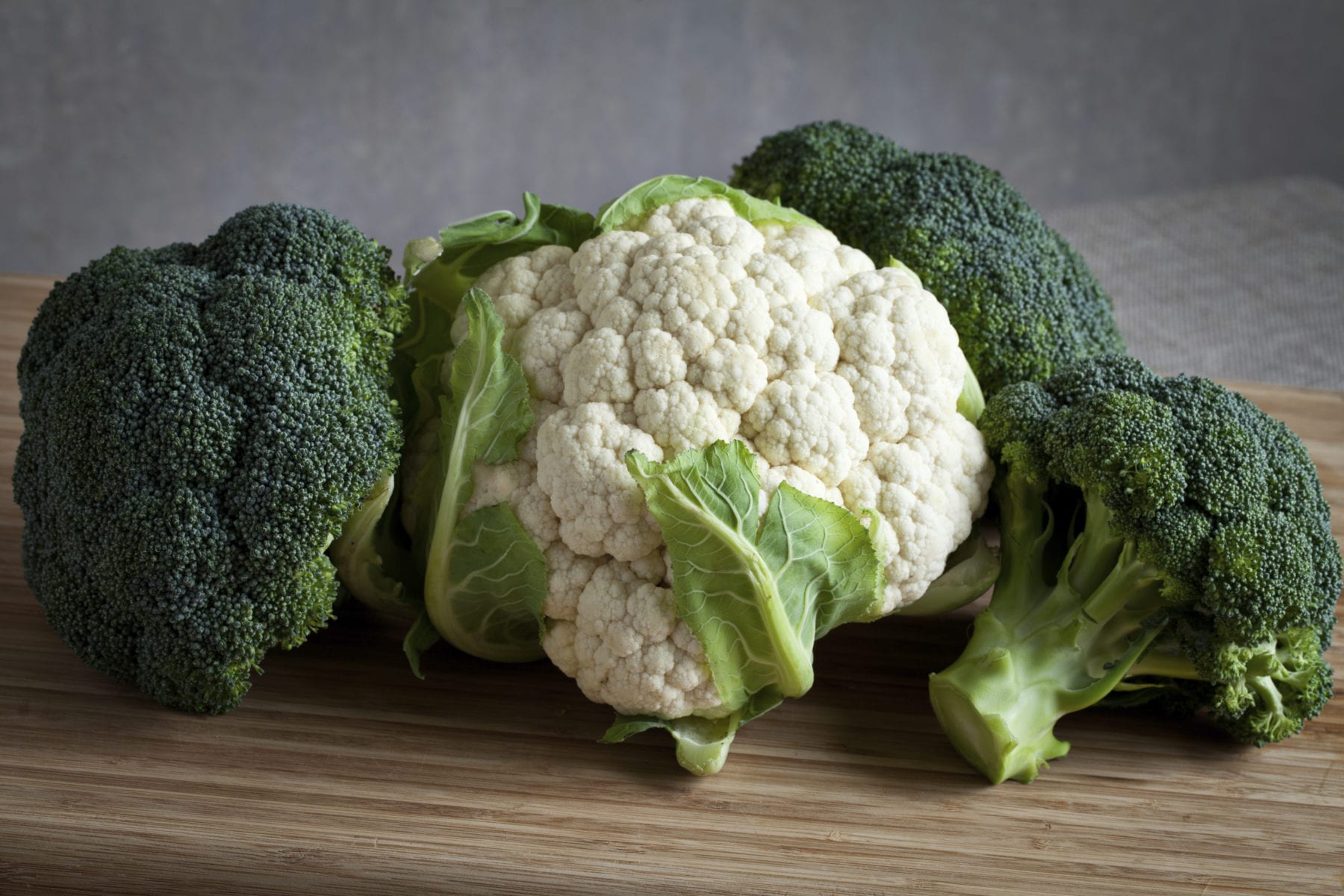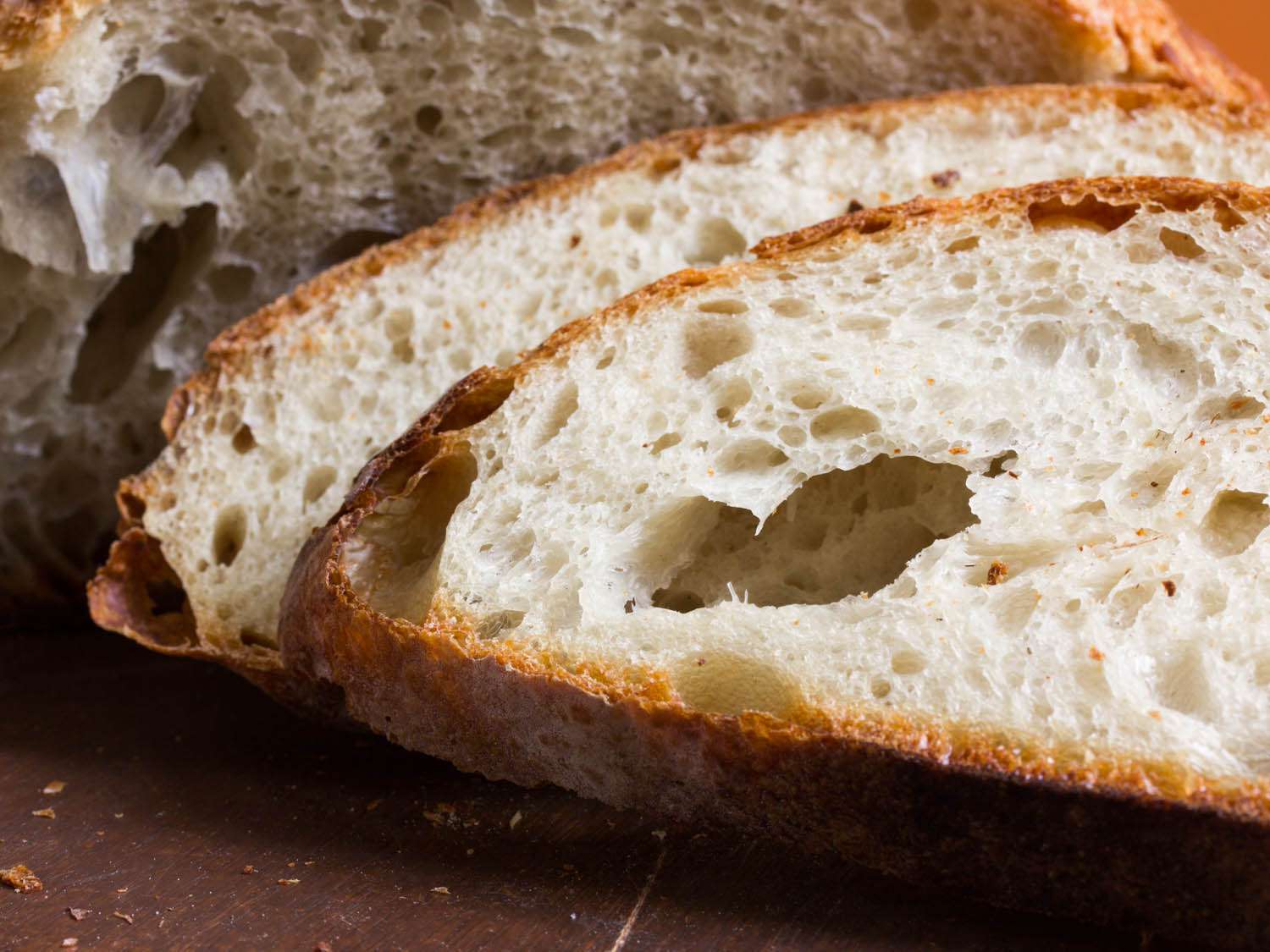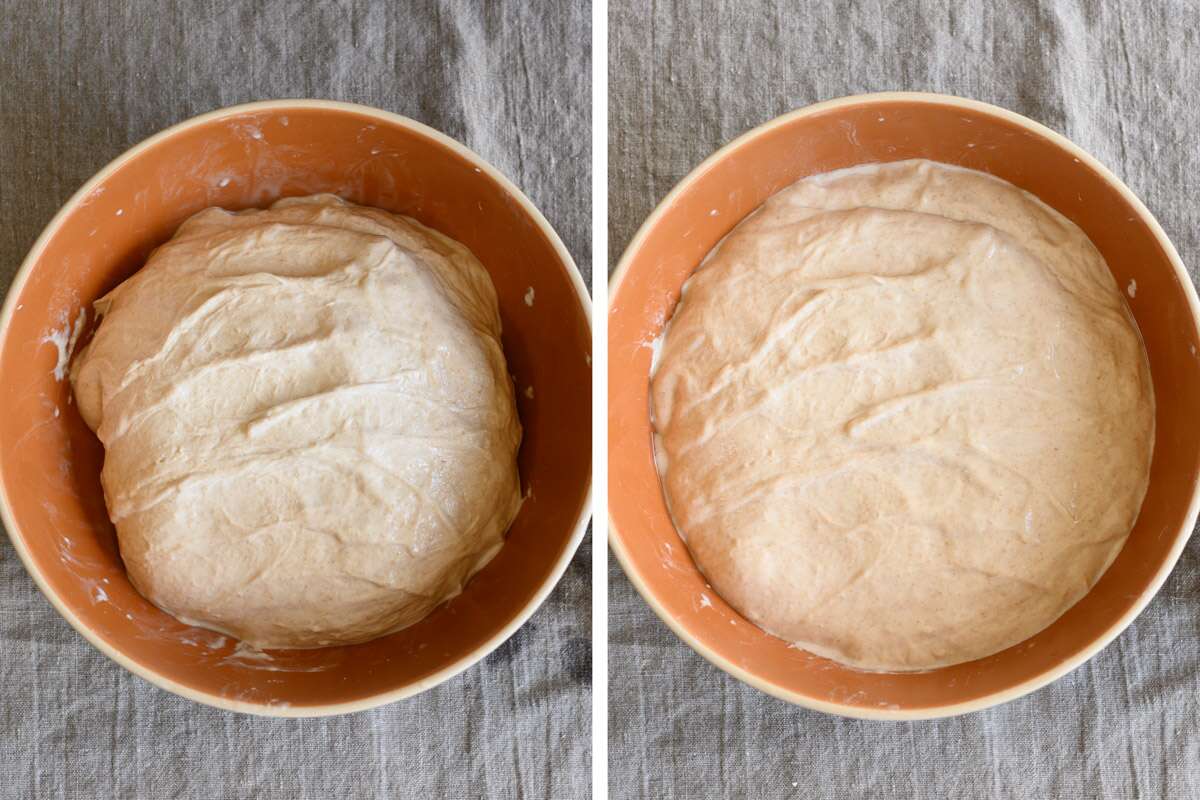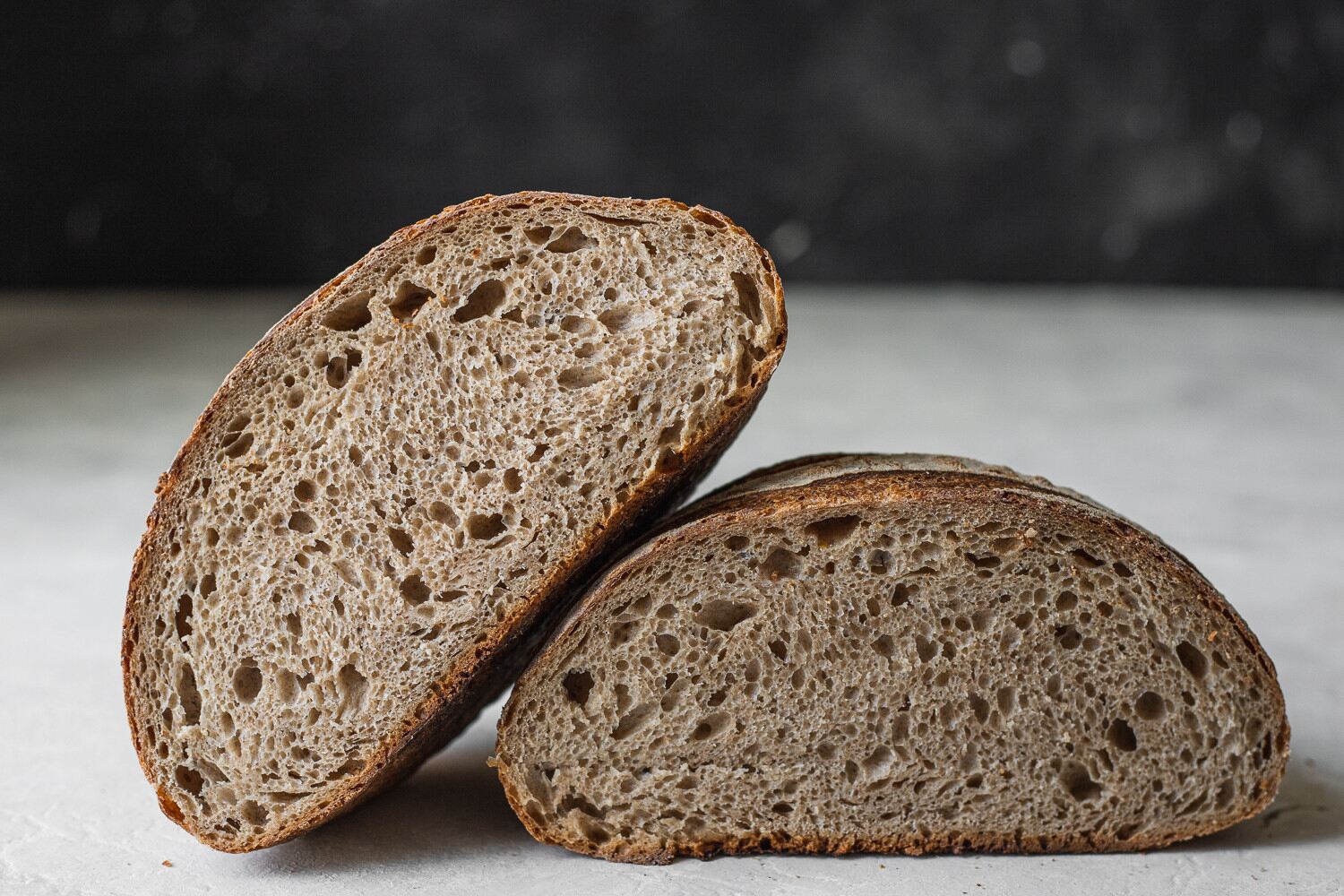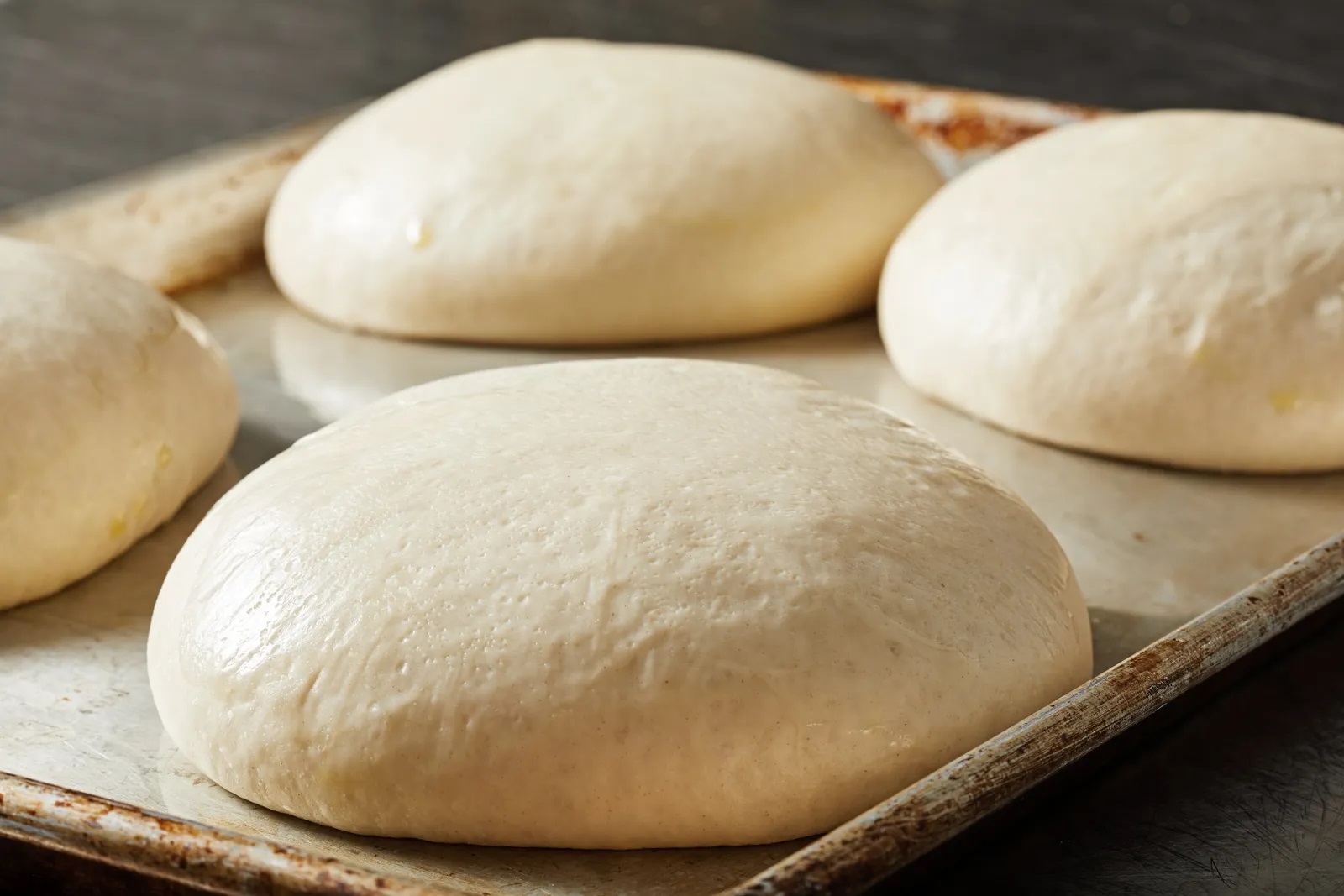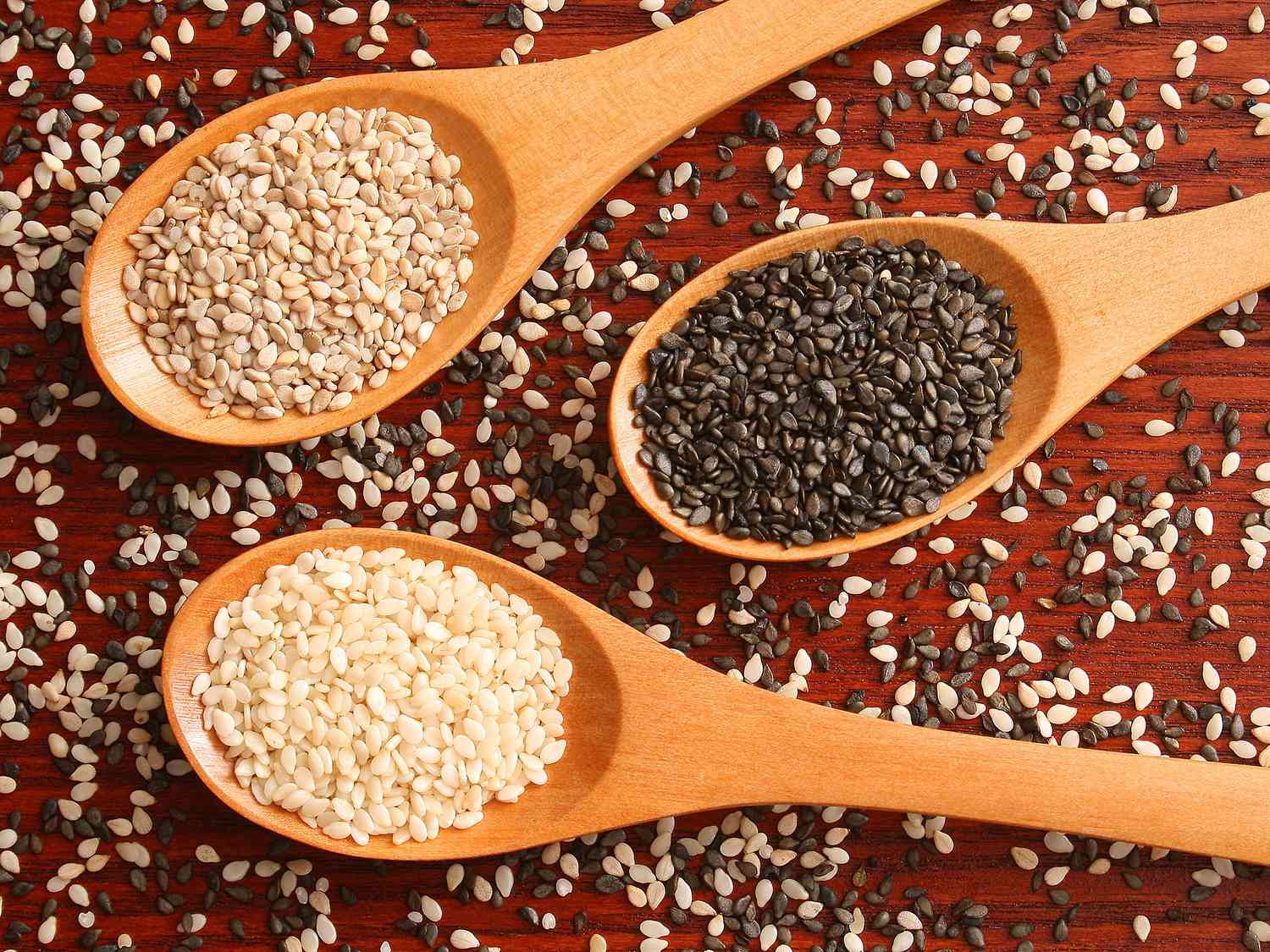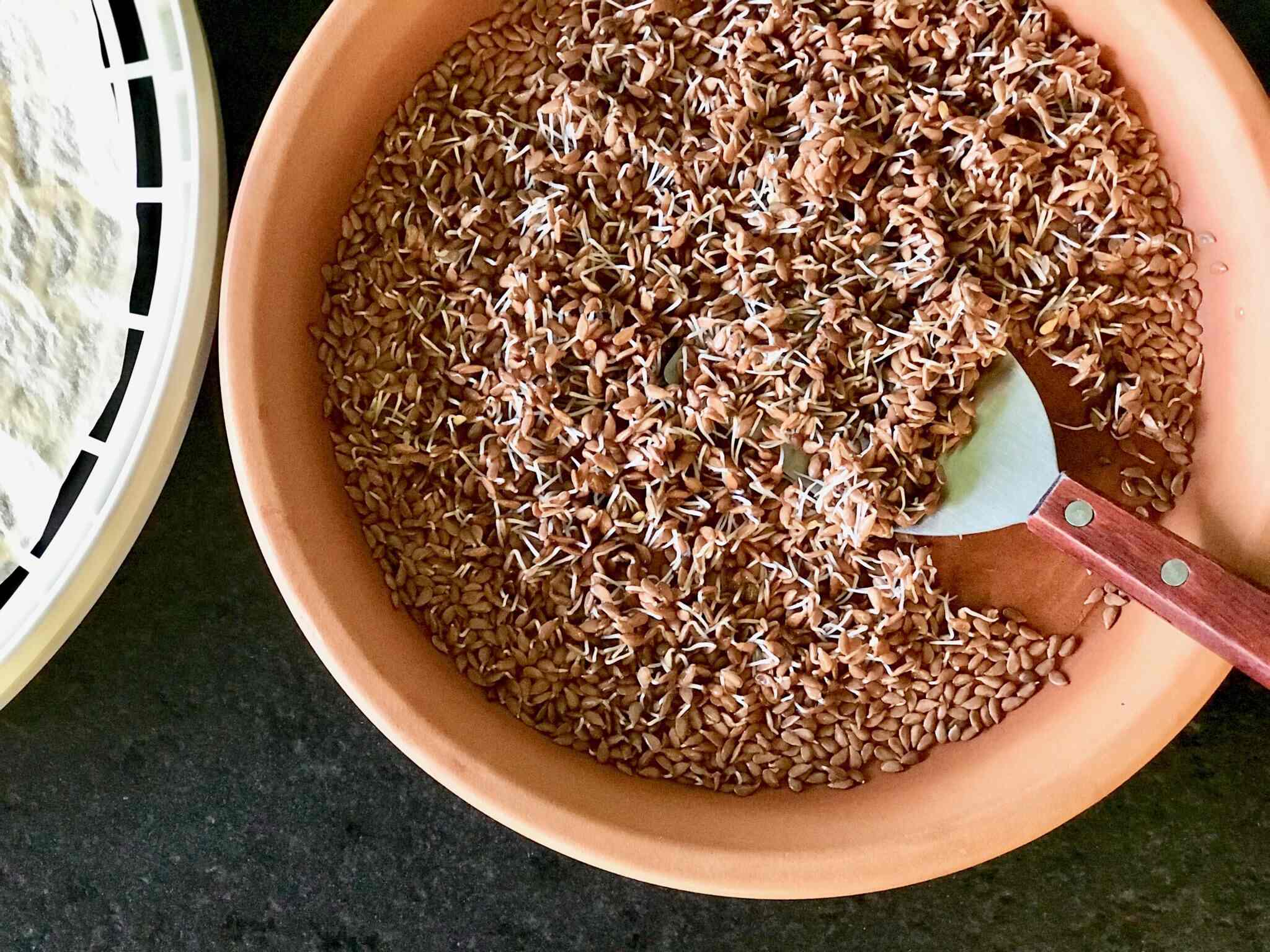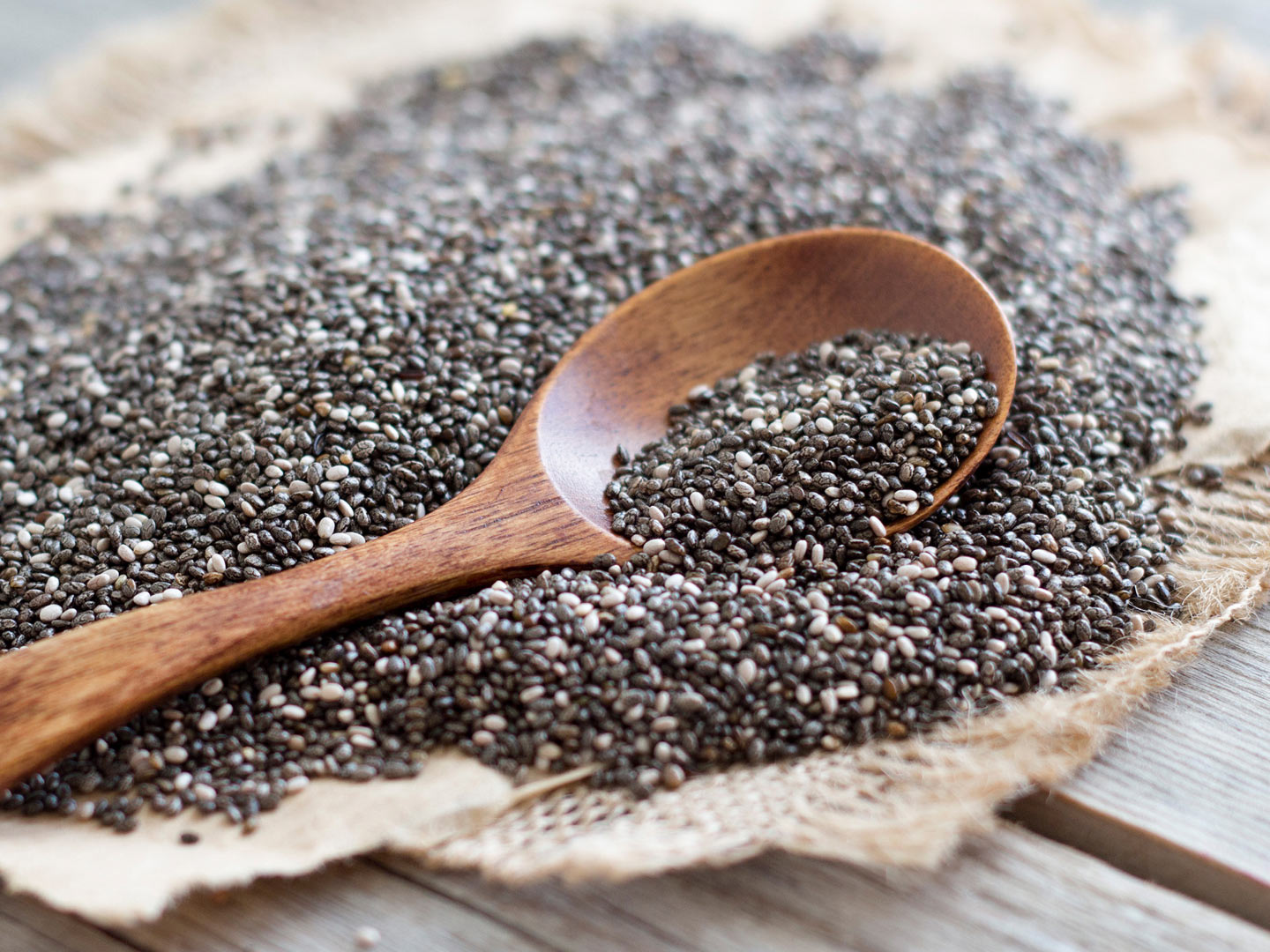Discover the Art of Fermenting Without Sugar
Are you looking to add a new dimension of flavor and nutrition to your diet? Fermentation is a time-honored method of preserving and enhancing the nutritional value of foods. While many traditional fermentation recipes call for the use of sugar to feed the beneficial bacteria and yeast, it is indeed possible to ferment without sugar. In this article, we will explore the art of fermenting without sugar and provide you with some simple and delicious recipes to get you started.
Understanding Fermentation
Before we delve into the world of sugar-free fermentation, it’s important to understand the basics of fermentation. Fermentation is a natural process in which microorganisms, such as bacteria and yeast, break down carbohydrates in the absence of oxygen. This process not only preserves the food but also enhances its flavor and nutritional value. Common fermented foods include sauerkraut, kimchi, kombucha, and yogurt.
Fermenting Without Sugar
While sugar is often used to kick-start the fermentation process, there are alternative methods that can be just as effective. Here are a few ways to ferment without sugar:
- Using Salt: Salt can be used to create a brine that encourages the growth of beneficial bacteria while inhibiting the growth of harmful bacteria. This method is commonly used in fermenting vegetables such as cucumbers, carrots, and beets.
- Naturally Occurring Sugars: Some fruits and vegetables contain natural sugars that can support the fermentation process. For example, fruits like apples and grapes can provide the necessary sugars for fermenting without the need for added sugar.
- Wild Fermentation: In some cases, wild fermentation can occur without the addition of any sugars. This method relies on the naturally occurring bacteria and yeast present on the surface of the food to initiate the fermentation process.
Sugar-Free Fermentation Recipes
Now that you have a basic understanding of how to ferment without sugar, let’s explore some simple and delicious recipes to try at home:
- Sauerkraut: Shred cabbage and mix it with salt. Pack the mixture into a jar and let it ferment at room temperature for a few days. The result is a tangy and crunchy sauerkraut that is perfect for topping off sandwiches and salads.
- Fermented Pickles: Slice cucumbers and place them in a jar with dill, garlic, and salt. Cover the cucumbers with water and allow them to ferment for a week. The result is a flavorful and probiotic-rich snack.
- Kombucha: Brew black or green tea, add a SCOBY (symbiotic culture of bacteria and yeast), and let it ferment for 7-10 days. The result is a fizzy and tangy beverage that is packed with probiotics and antioxidants.
Final Thoughts
As you can see, fermenting without sugar is not only possible but also quite simple. By using alternative methods such as salt, naturally occurring sugars, and wild fermentation, you can enjoy a wide variety of delicious and nutritious fermented foods. So, roll up your sleeves, gather your ingredients, and embark on your sugar-free fermentation journey. Your taste buds and your gut will thank you!
Remember, the key to successful fermentation is patience and experimentation. Don’t be afraid to get creative and try out different flavor combinations. Happy fermenting!
For those looking to ferment without sugar, there are several recipes that stand out and are worth trying. Starting with Classic Sauerkraut, it's a simple yet satisfying introduction to fermentation, requiring just cabbage and salt. Fermented Carrot Sticks offer a crunchy, tangy snack that’s both healthy and easy to make. For a twist on traditional salsa, Lacto-Fermented Salsa provides a probiotic-rich alternative that pairs well with chips or as a topping for tacos. If you enjoy a bit of spice, Fermented Jalapeños add a perfect kick to your dishes. Lastly, Traditional Kimchi is a must-try for anyone seeking a bold, flavorful ferment. Each of these recipes leverages natural fermentation processes, making them ideal for anyone wanting to avoid added sugars.
Was this page helpful?
Read Next: How To Ferment Matcha Tea
